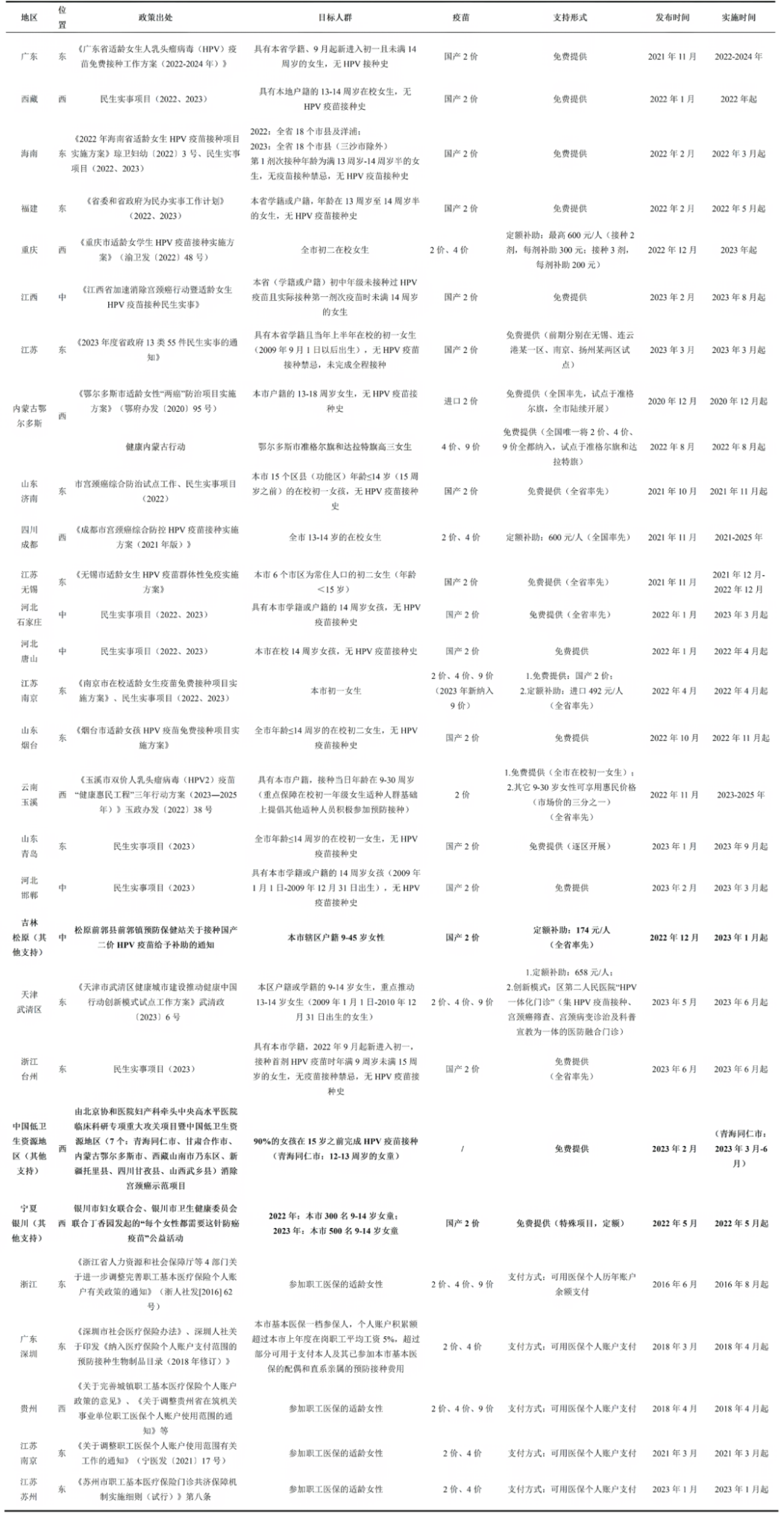Since the launch of the Expanded Programme on Immunization (EPI) in 1974, routine childhood vaccination has saved an estimated 154 million lives worldwide, with 95% of these deaths averted among children under five. Using data from the Global Burden of Disease (GBD) 2023 study, The Lancet recently released updated estimates of routine childhood vaccine coverage from 1980 to 2023 across 204 countries and territories, covering 11 WHO-recommended vaccines or their combinations.
Over the past five decades, EPI has delivered remarkable global health gains. Coverage for early EPI vaccines—including BCG, measles, pertussis, diphtheria, tetanus, and polio—nearly doubled since 1980, providing immunity to over 4 billion children. Newer vaccines such as HepB3, Hib3, and RCV1 have approached the coverage levels of these early vaccines by 2019, although PCV3 and rotavirus vaccines still lagged at 48.1% and 38.8% respectively. Yet global progress slowed markedly from 2010–2019, even before the COVID-19 pandemic intensified coverage gaps and triggered declines in many regions.
The pandemic caused measurable setbacks across all early EPI vaccines. From 2019 to 2023, Pol3 coverage fell the most (–2.8%), while DTP1 dropped the least (–1.6%). Although newer vaccines continued to expand during this period, their growth was slower than expected; rotavirus coverage suffered the greatest shortfall, with an estimated 16.6 million fewer children completing the full course than if the pandemic had not occurred.
Zero-Dose Children: Trends and Challenges
“Zero-dose” children—defined in this study as those under one year who did not receive the first dose of DTP—declined by 74.9% from 1980 to 2019 (58.8 million to 14.7 million). However, progress was uneven: sub-Saharan Africa experienced slower declines due to fragile health systems, high fertility rates, and ongoing conflicts. Pandemic disruptions reversed part of this progress, adding 12 million zero-dose children between 2020–2023, raising the total to 15.7 million in 2023. Over half of this burden is concentrated in just eight countries, including Nigeria, India, and the Democratic Republic of the Congo.
Urgent Action Needed to Meet 2030 Targets
The WHO’s Immunization Agenda 2030 sets ambitious goals: halving the global number of zero-dose children and achieving at least 90% coverage for key vaccines by 2030. However, the study projects these targets will be difficult to reach without increased investment and policy change. Current challenges include shrinking fiscal space in many countries, reduced donor funding—such as cuts to Gavi and WHO support—and persistent vaccine hesitancy fueled by pandemic-era mistrust of health authorities.
To recover lost ground, the authors call for targeted, context-specific strategies: intensifying outreach to marginalized communities, simplifying vaccine delivery models, expanding primary health care integration, and strengthening community engagement to rebuild confidence. The evidence remains clear—vaccination is one of the most cost-effective public health interventions in history. Even a 1% increase in global coverage could mean millions more children protected from preventable diseases.
More can be found in this article:
Haeuser E, Byrne S, Nguyen J, Raggi C, McLaughlin SA, Bisignano C, Harris AA, Smith AE, Lindstedt PA, Smith G, Herold SJ. Global, regional, and national trends in routine childhood vaccination coverage from 1980 to 2023 with forecasts to 2030: a systematic analysis for the Global Burden of Disease Study 2023. The Lancet. 2025 Jun 24.
Content Editors: Rurong Li
Page Editor: Rurong Li





